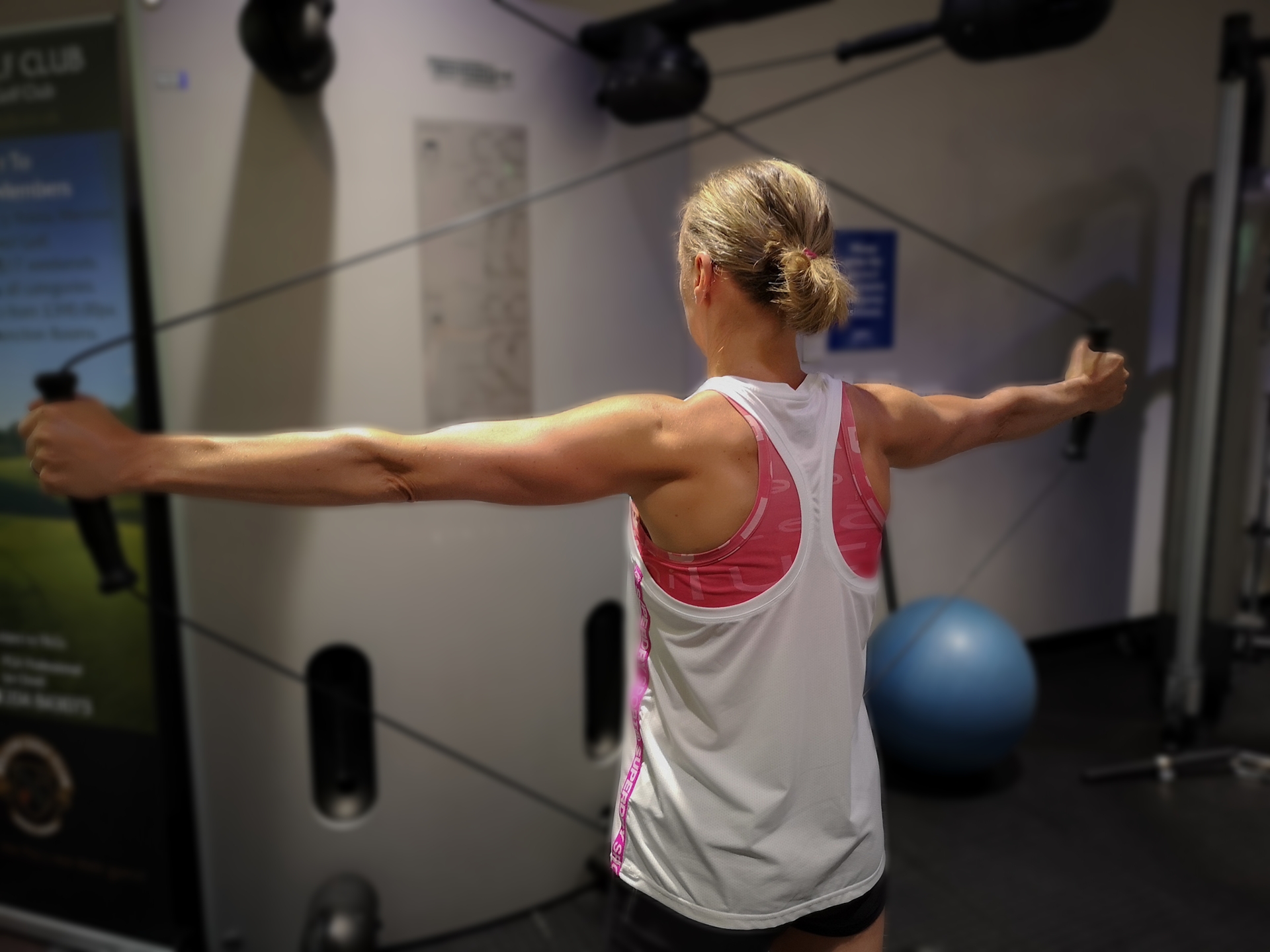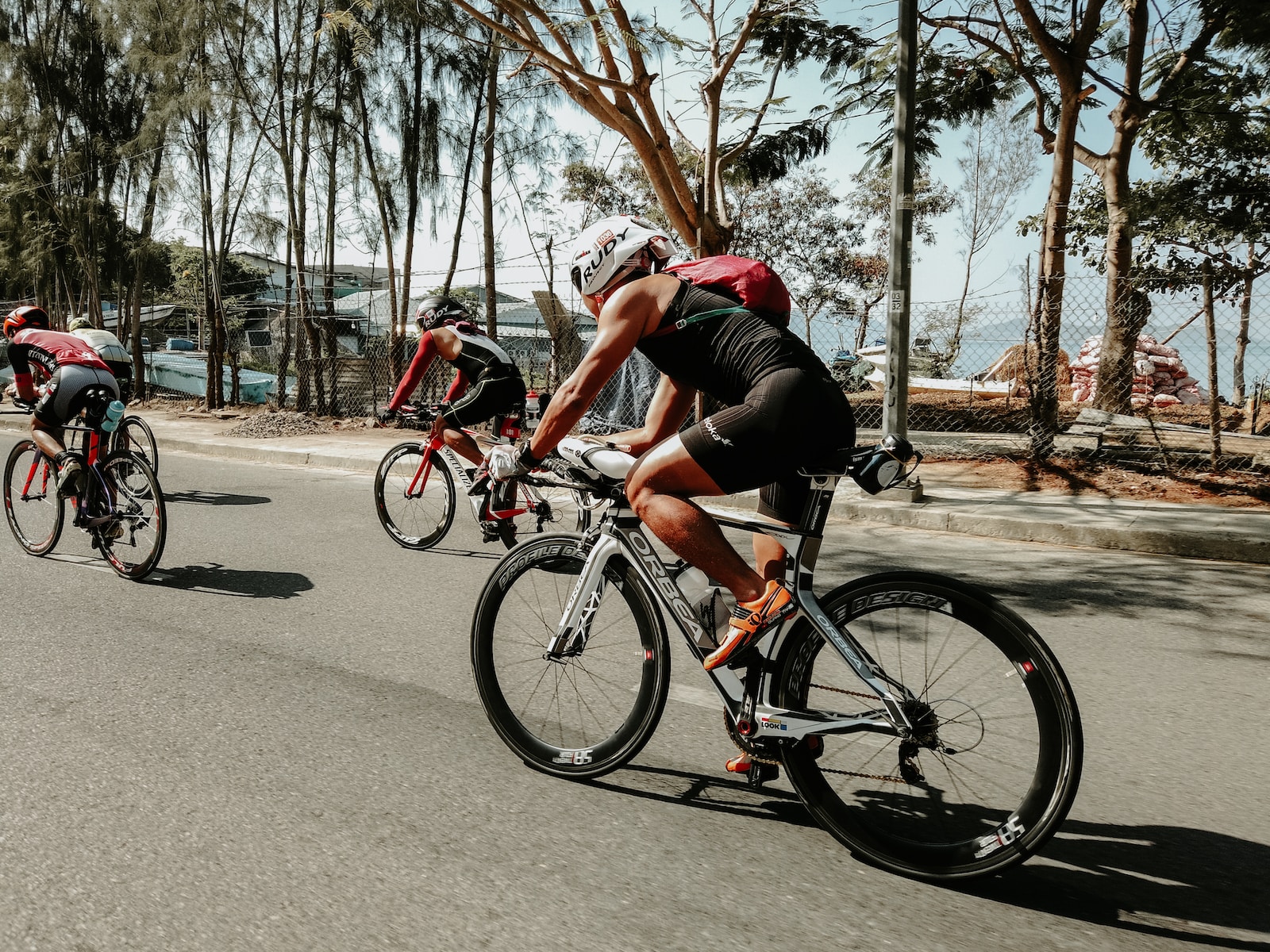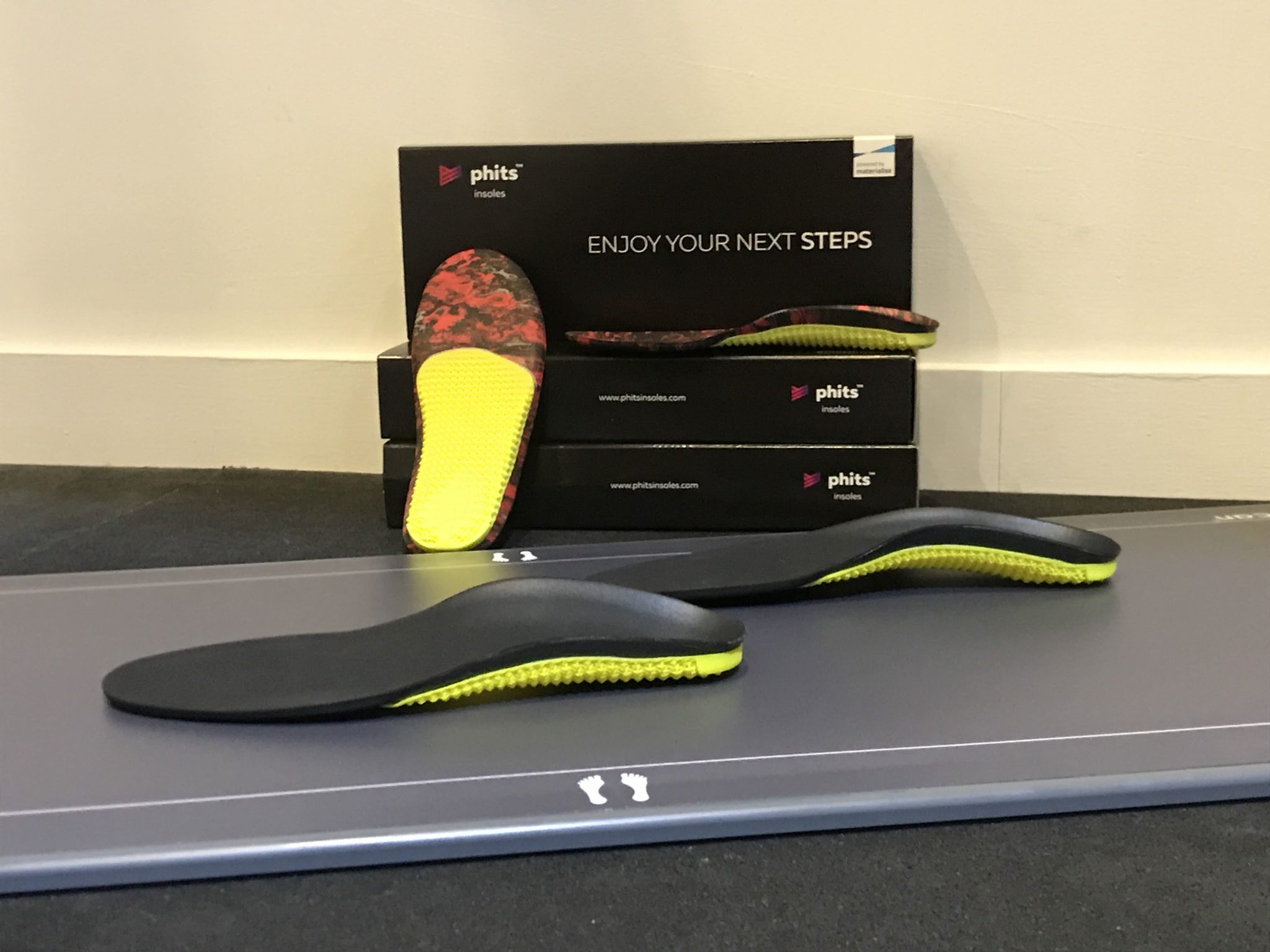In this blog I take a look at Plantar Fasciitis, what causes it and our top tips to help you prevent or manage the condition.
What is Plantar Fasciitis?
Plantar Fasciitis is the most common cause of heel pain we see in clients. It occurs when the Plantar Fascia (a band of tissue in the foot) becomes damaged and inflamed. The plantar fascia is a tough and flexible band of tissue that runs under the sole of the foot. It connects the heel bone with the bones of the foot supporting the arch, and acts as a kind of shock absorber. Sudden damage, or damage that occurs over many months or years, can cause tiny tears (microtears) to develop inside the tissue of the plantar fascia. This can cause the plantar fascia to thicken, resulting in heel pain. The surrounding tissue and the heel bone can also sometimes become inflamed.
What Causes the Plantar Fascia to become Inflamed?
Repeated strain can cause tiny tears in the ligament, this is more likely to happen if you…
- have either high arches or flat feet.
- walk, stand, or run for long periods of time, especially on hard surfaces.
- compensate for another injury when running.
- wear trainers that don’t fit well or are worn out.
- or Your feet roll over-pronate (roll inwards) when you walk or run
Our Top Tips to Prevent Plantar Fasciitis

- Gait Analysis and The Correct Footwear
- Movement Screening and a Specific Strength and Stability Plan
- Adequate Recovery After Activity
Top Tip 1: Gait Analysis.
Many people think gait analysis is all about (and only about) someone watching you walk or run and evaluating your footwear. How many of you have done the following? An assistant in your local running store watches you jog, and suggests a pair of shoes that are more stable. Often telling you that all your biomechanical problems will be solved!
Whilst it is essential that you have the correct footwear it is only a small part of the puzzle. When we conduct a gait analysis, your feet are only one small piece of your biomechanics. What happens to your feet is merely part of a whole body movement pattern. Running, like most other whole-body activities is essentially your unique way of moving.
When an athlete is analysed statically, dynamically, and then running on the treadmill during a gait analysis, it serves to provide a unique, personal movement “map.” That “map” reveals the programming of everything happening within your body—from their awareness and habit, to individual levels of mobility, stability, flexibility, and functional strength.
The analysis of all these different elements taken together is what creates a complete picture of a person’s gait. In essence, it is far more than just gait analysis. It is a true running “movement” analysis.
Top Tip 2: Movement Screening.
The repetitive nature of modern lifestyles and the intensity of most sports can lead to certain areas in the body becoming restricted, whilst other areas can quickly weaken. These can eventually lead to pain, breakdown of tissues and chronic overuse injuries such as Plantar Fasciitis.
We see more and more clients asking how they can stay injury-free when participating in their sport, and whether they can perform exercises to maximise their performance. The answer is simple; Yes! At Summit we use a movement screening called The Performance Matrix (TPM). It has been developed to enhance performance and decrease the risk of injury and re-injury in athletes of all ages, sports and activities.
The screening involves performing specific movement patterns, to identify aspects of the body’s physical make-up that can hinder performance or lead to injury. By identifying a person’s inability to perform certain movements we can pinpoint compensatory or abnormal movement patterns that could lead to injury down the line. We then put a tailored correction plan in place to restore the strength and stability weak links in an individuals movement; and we’re seeing great results.
Top Tip 3: Recovery.
Recovery is an integral part in any training plan. Its the one often missed. Recovery is not simply stretching before and after a session. The dedicated training you do breaks the body down and so it is vital that you allow for good recovery to allow the body to repair and the muscles to grow stronger. Ideally there should be days dedicated to recovery in your training plan.
On your recovery days you could have a sports massage or do some self recovery in the form of Pilates, foam rolling or “Active Recovery”.
At Summit, we are vastly experienced in providing effective and lasting Sports Massage that can effectively break down minor injuries and lesions that occur due to overexertion and/or over use of muscles, as well as helping to prevent those niggling injuries occurring.

Active recovery allows for some activity but at a very low level; this promotes blood circulation, replacement of vitamins and minerals without creating additional fatigue. Just be careful not to get too carried away with the session.
Thanks for reading our Blog I hope you find our tips beneficial. If you require any more information or want to book a session use the links below.
Happy training,
David



